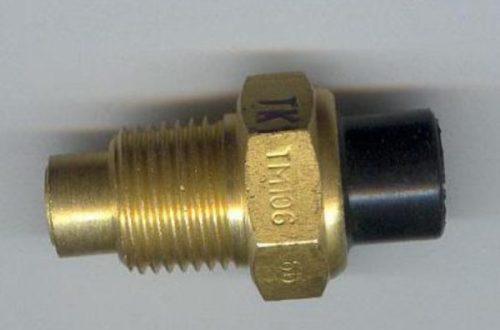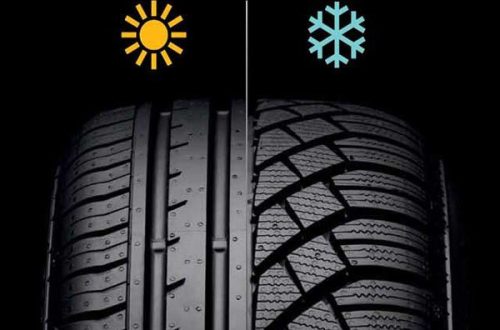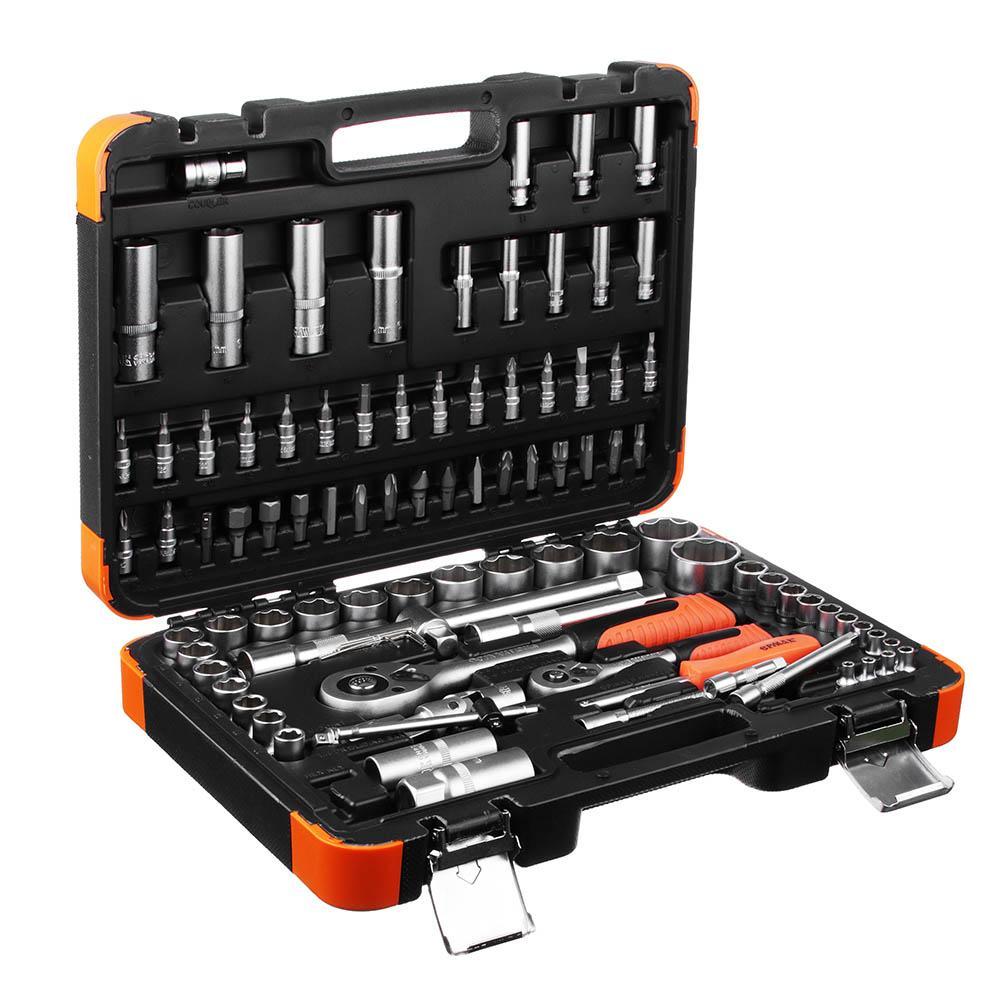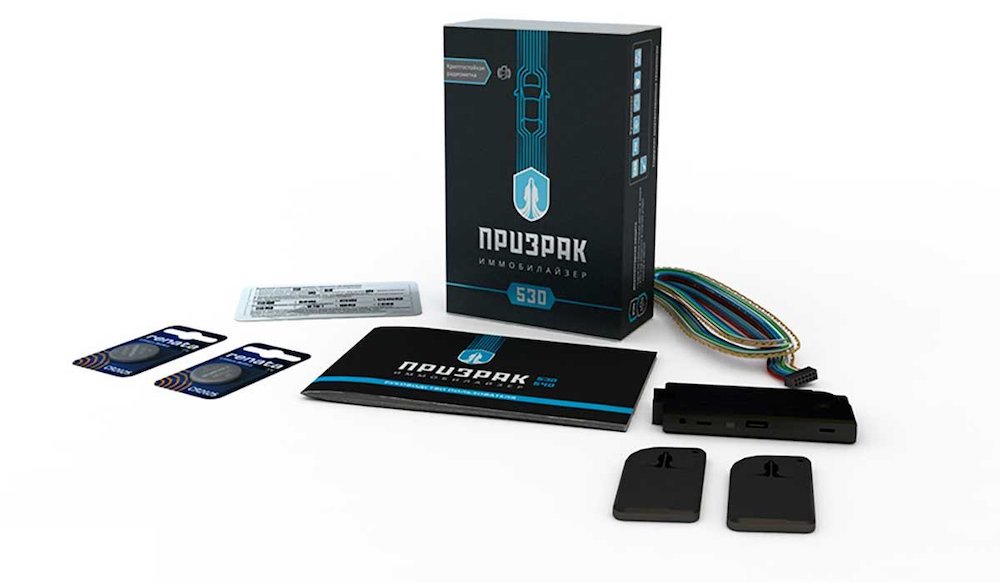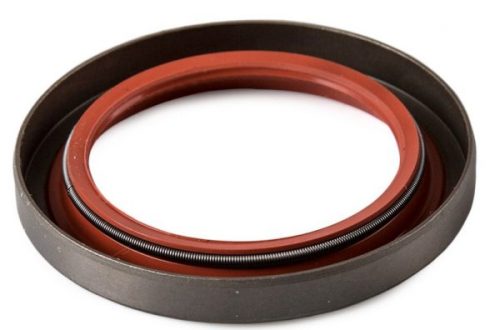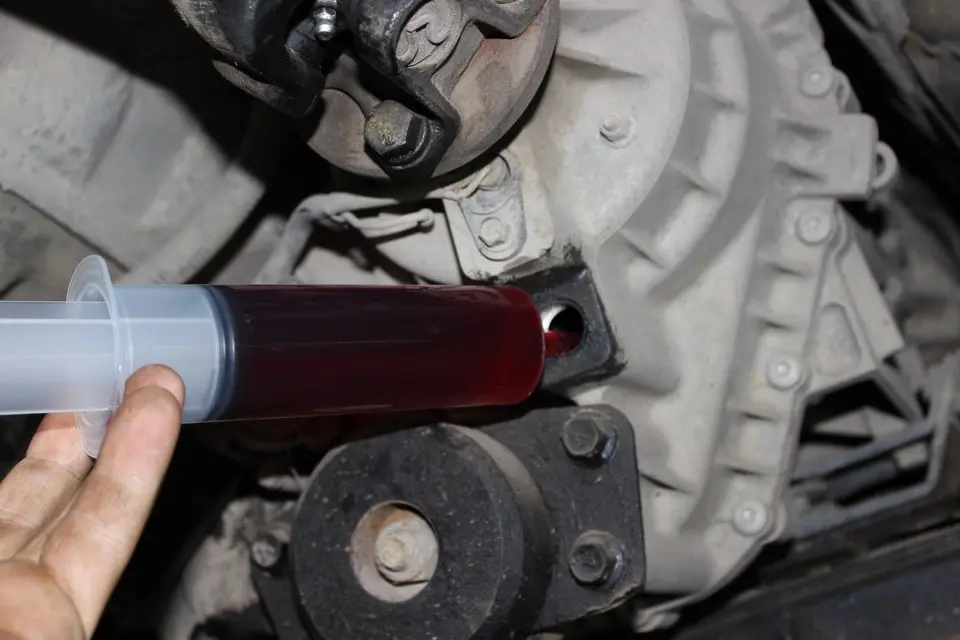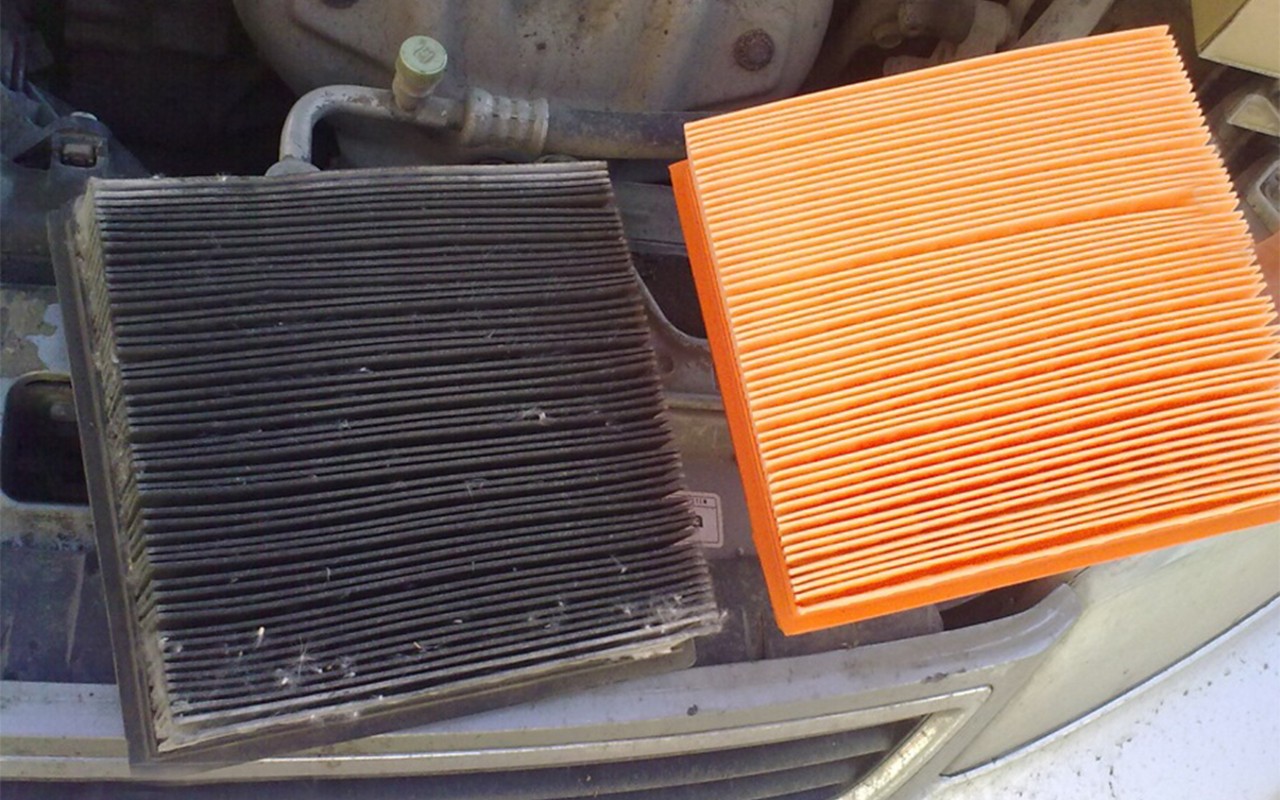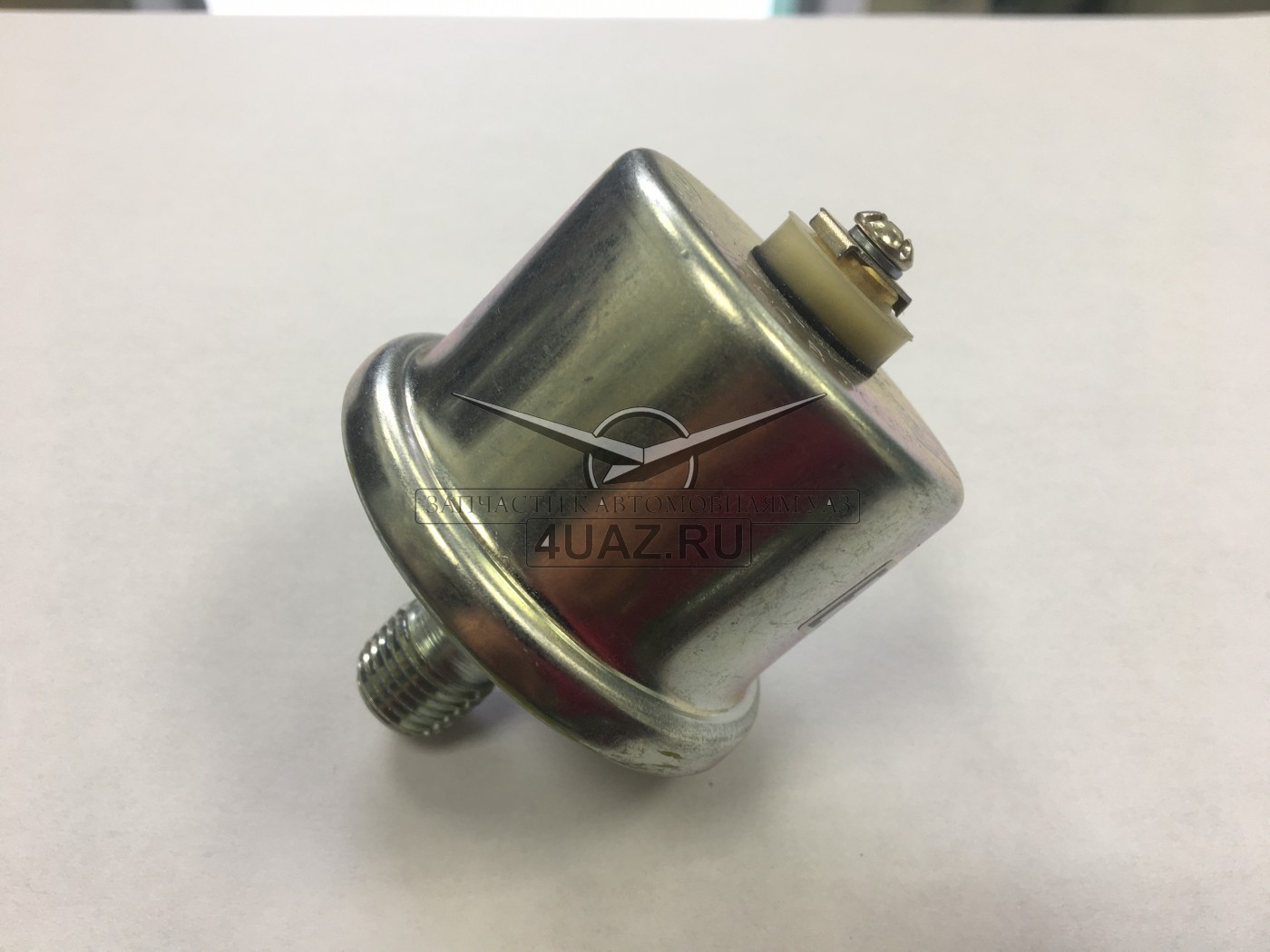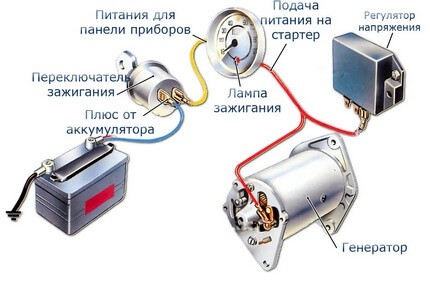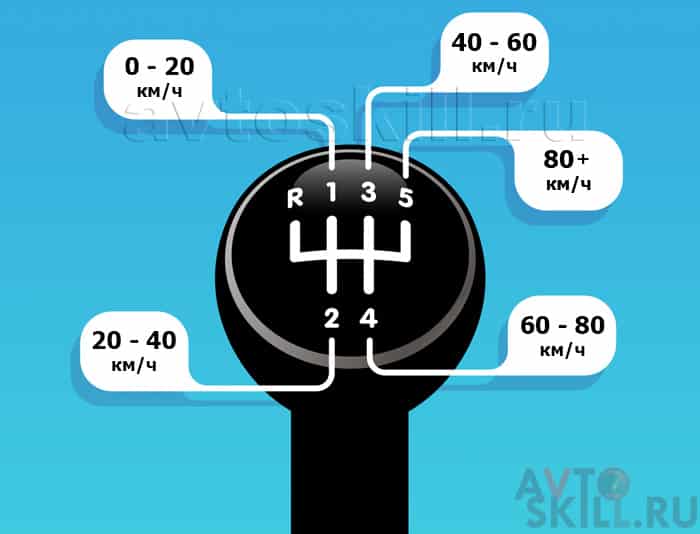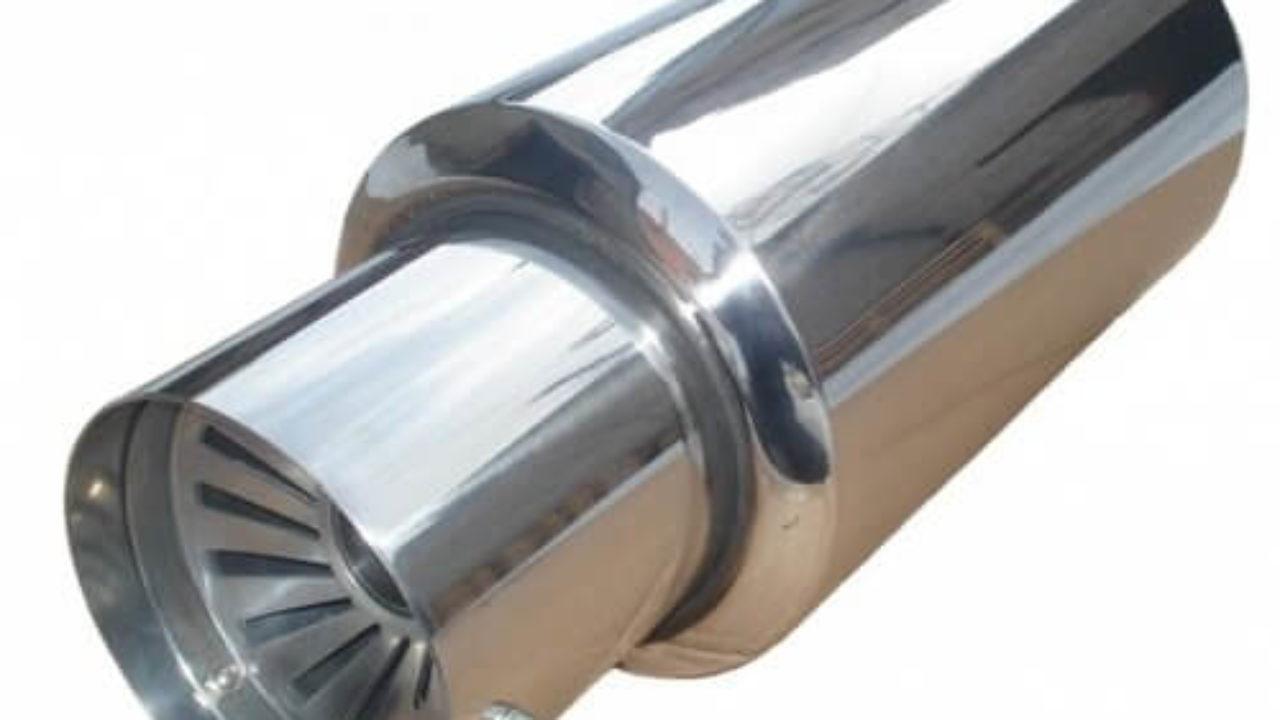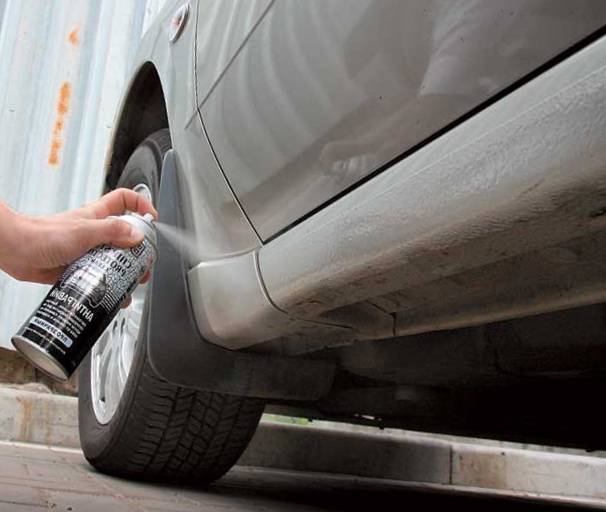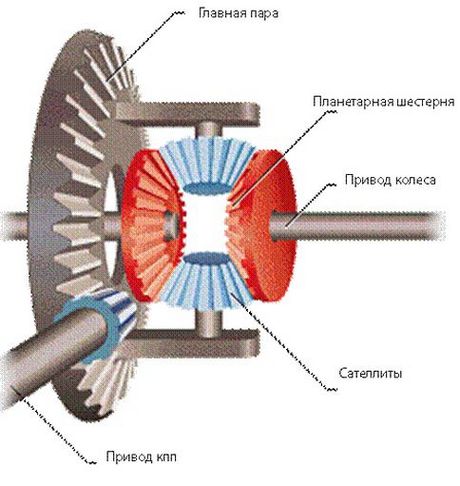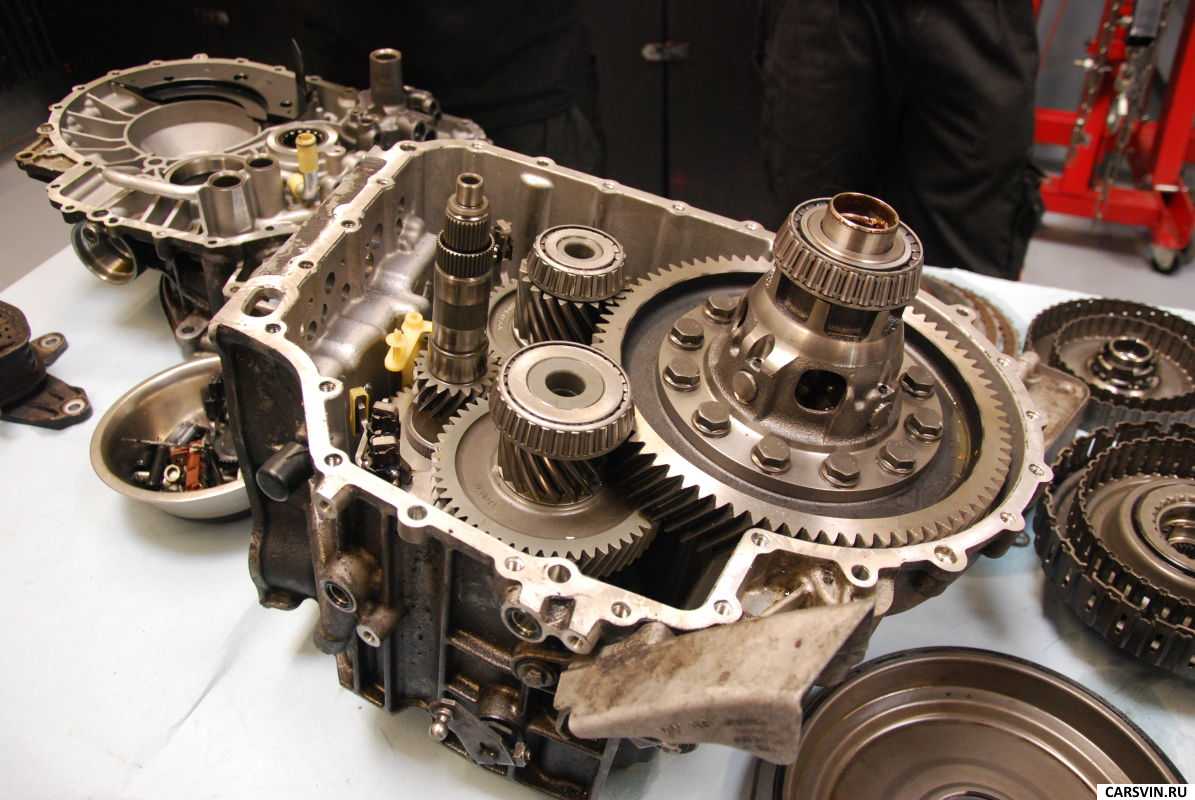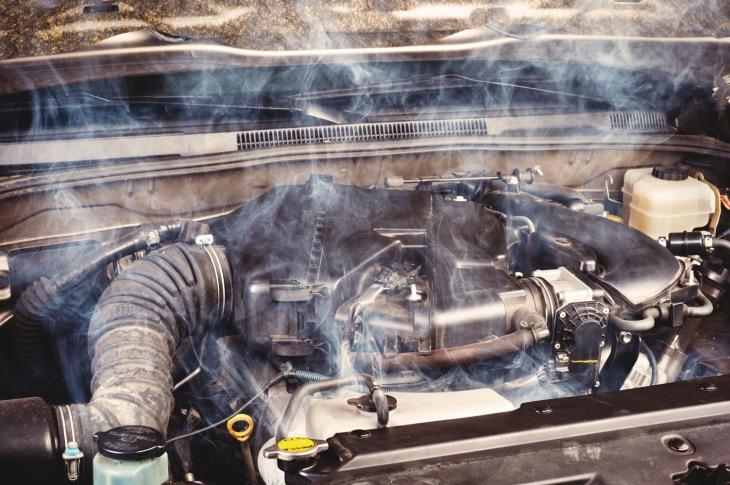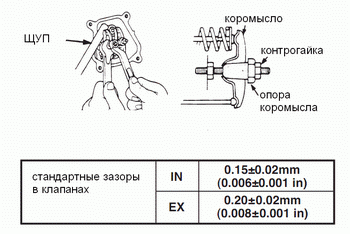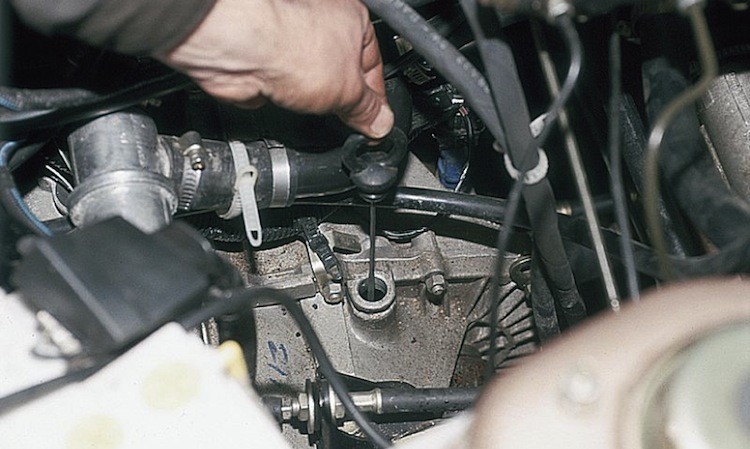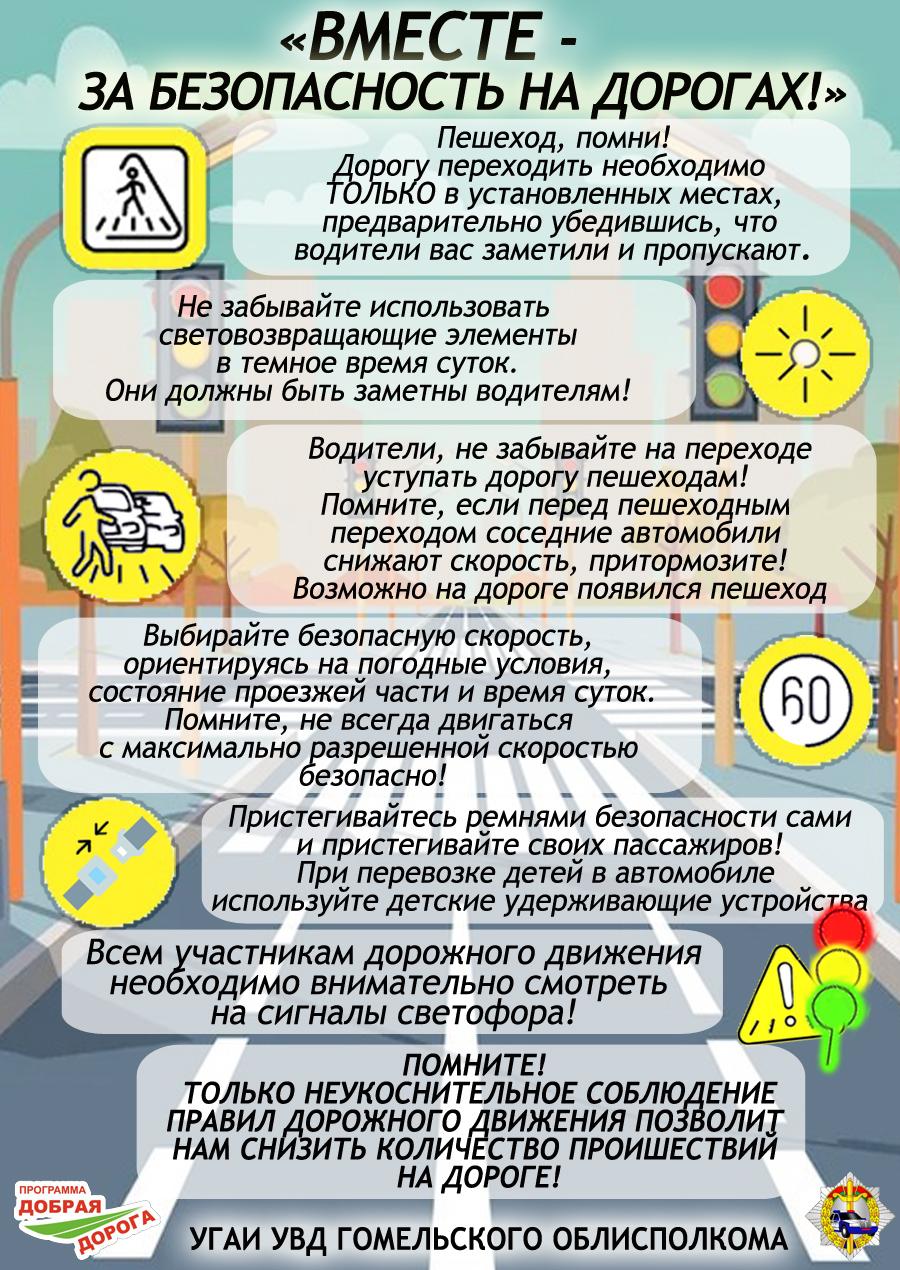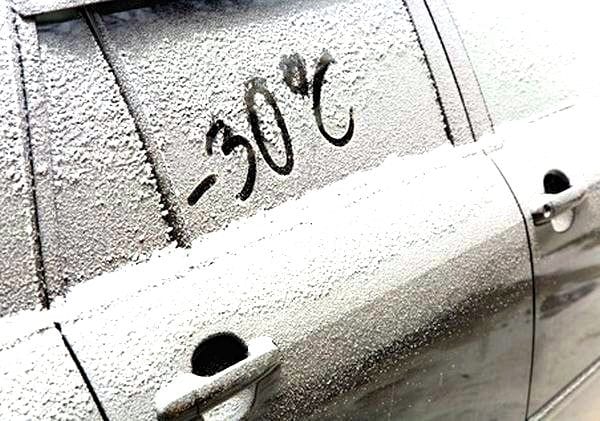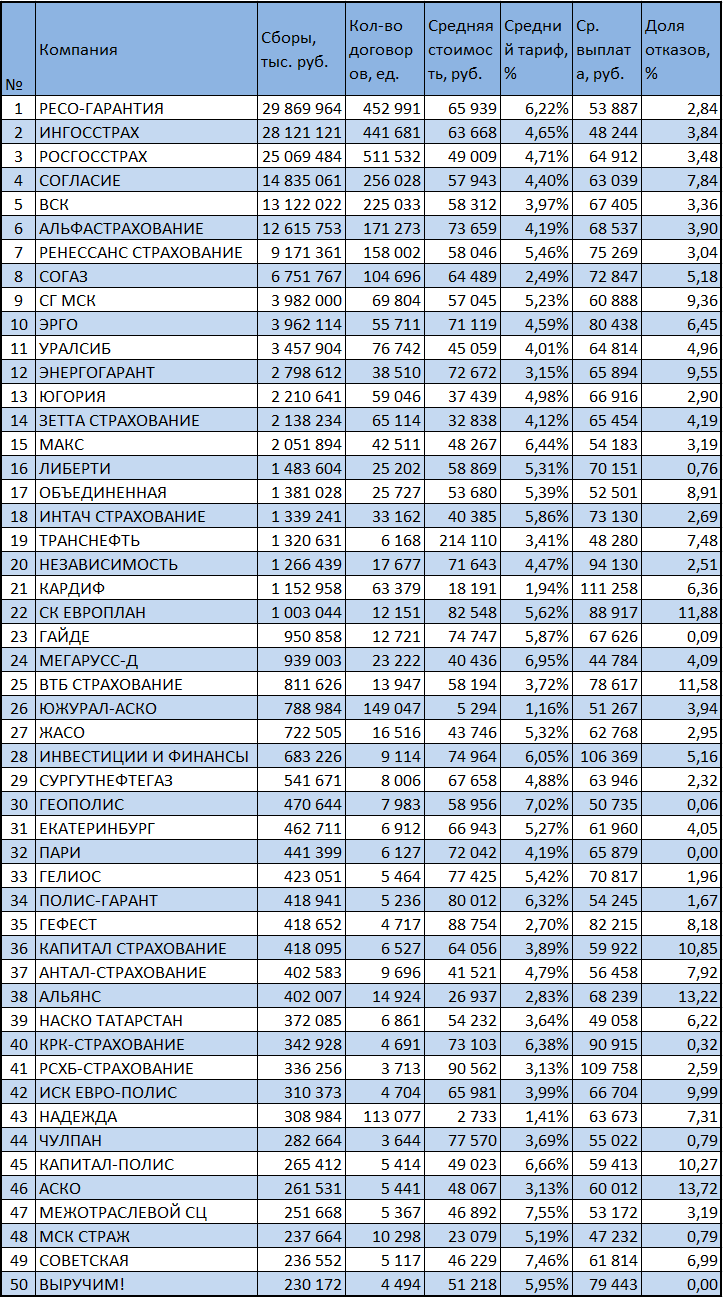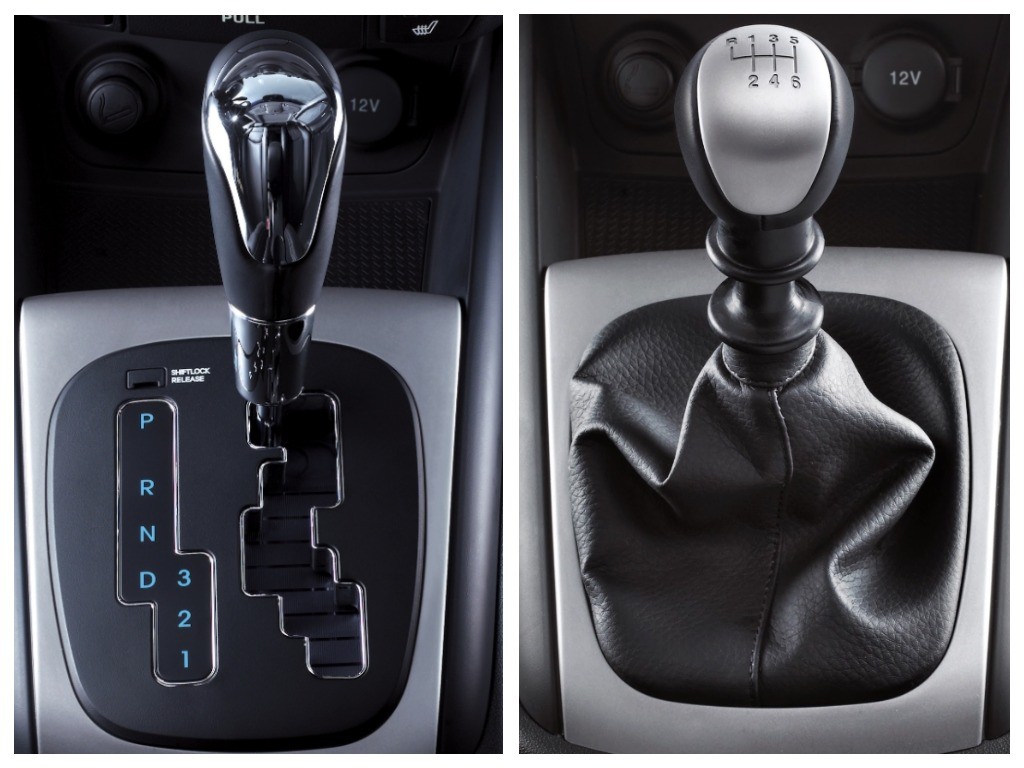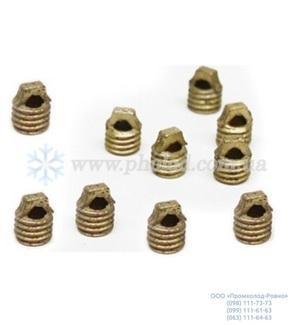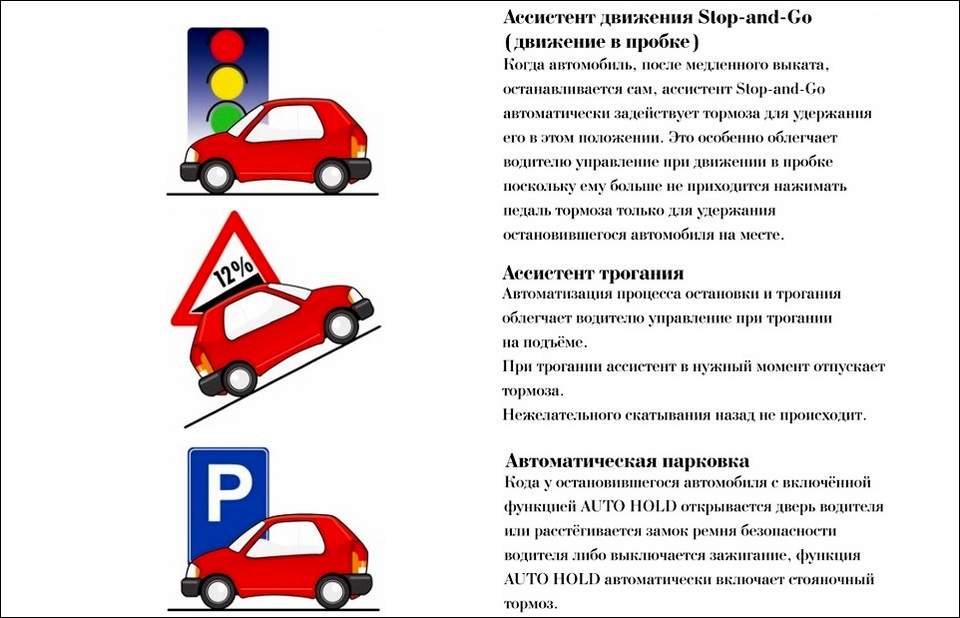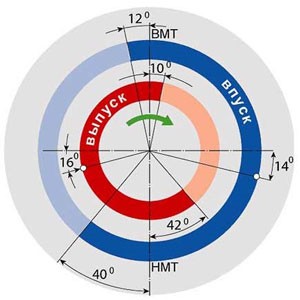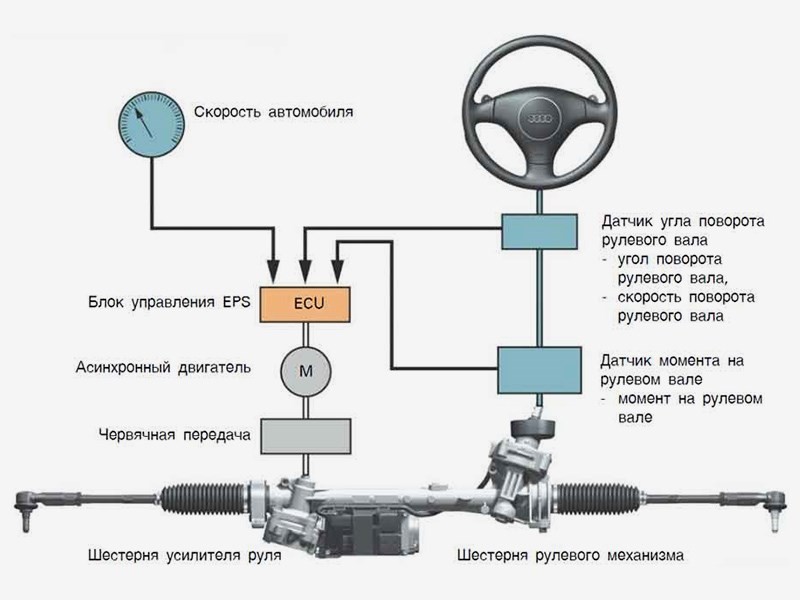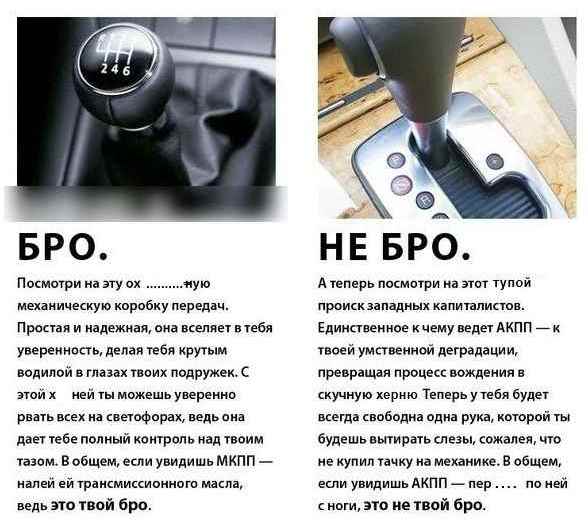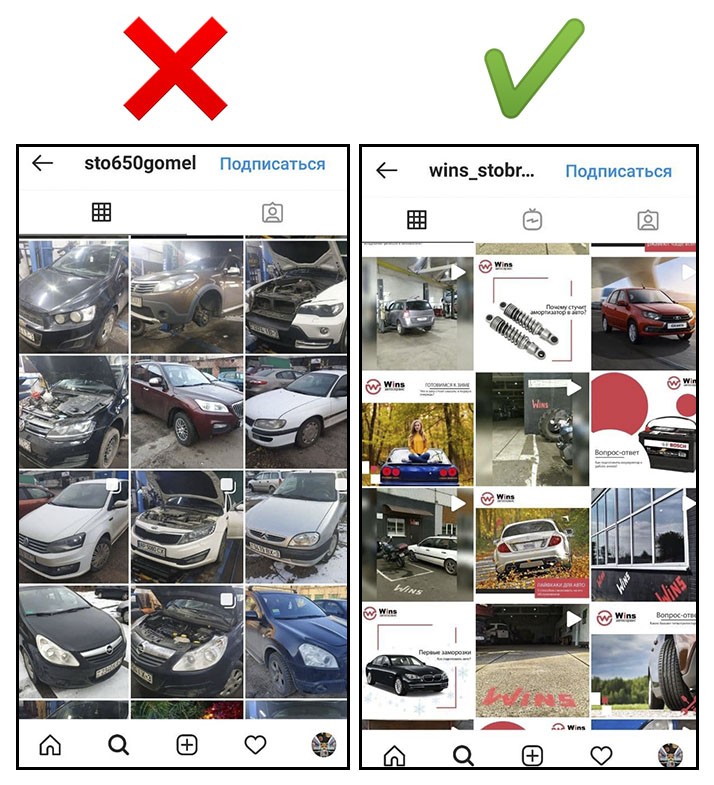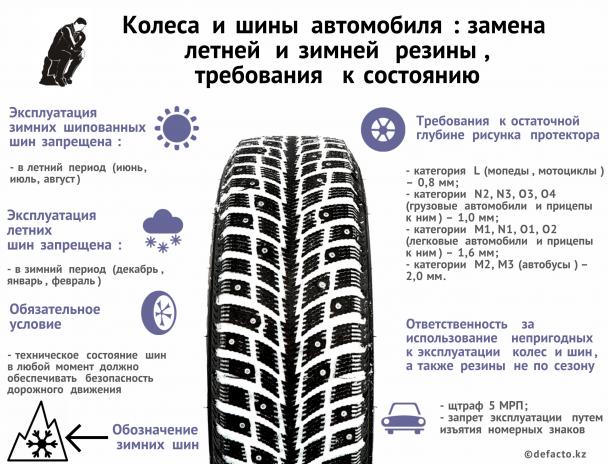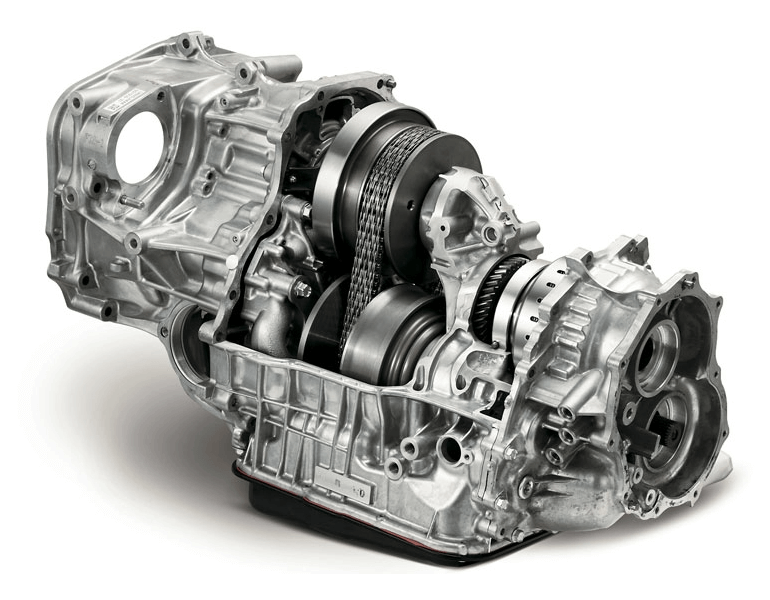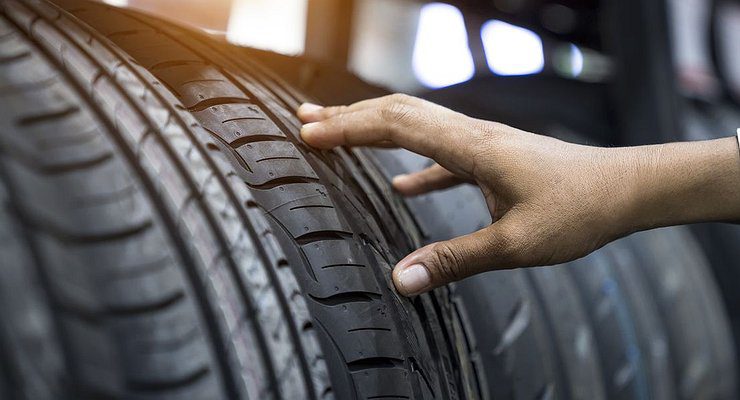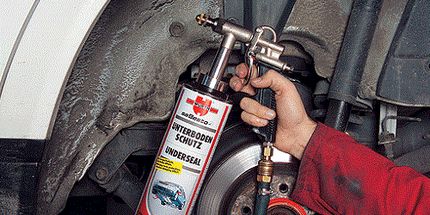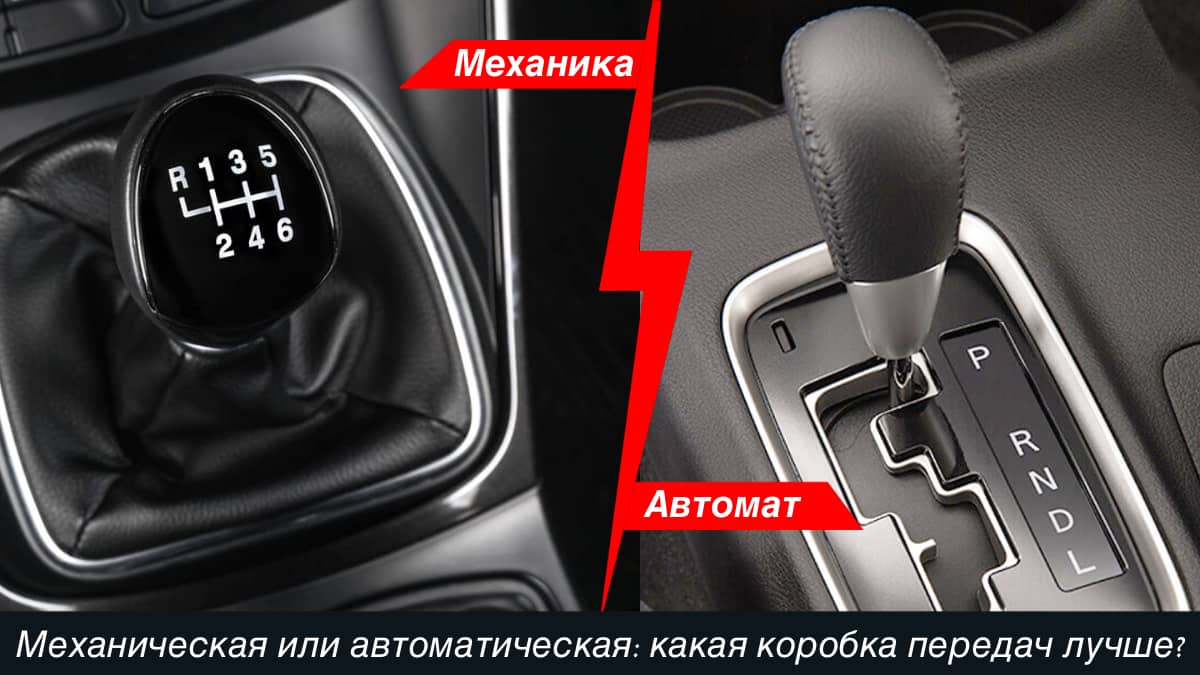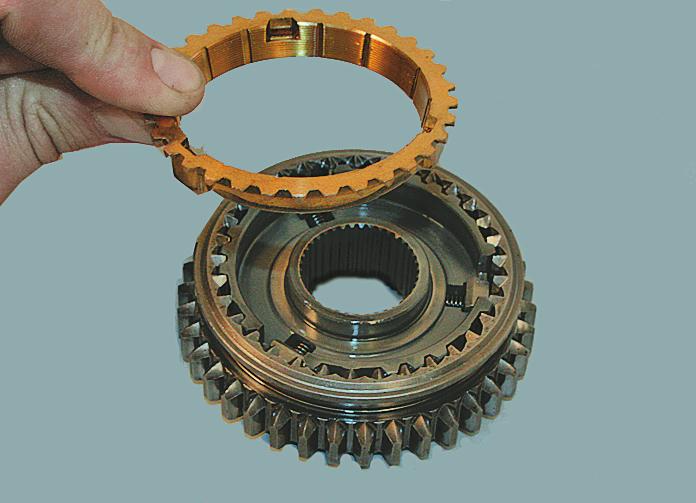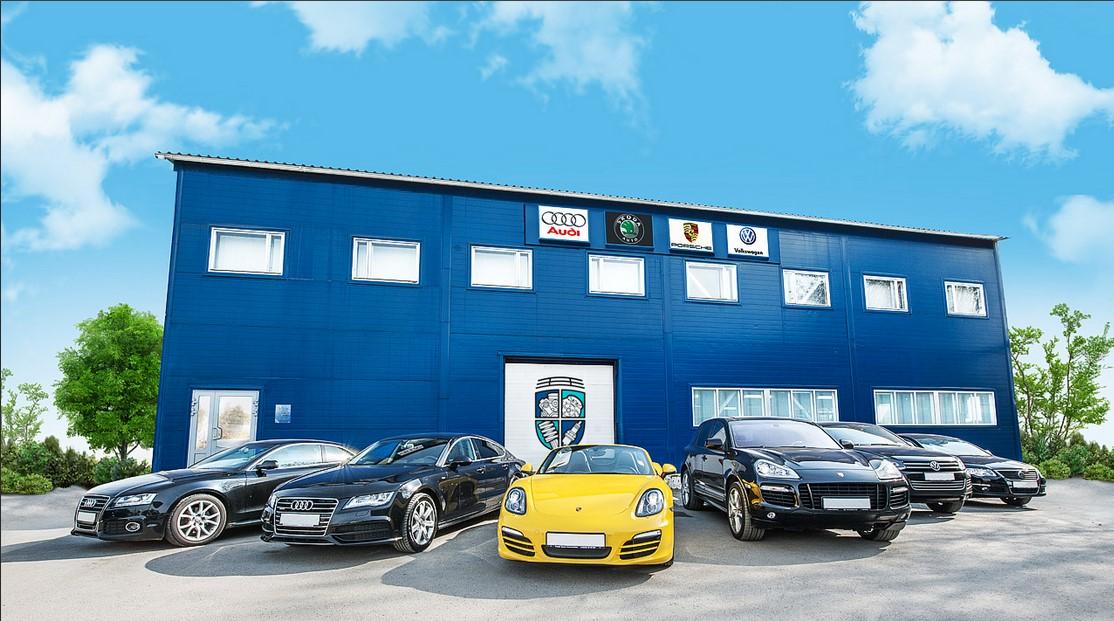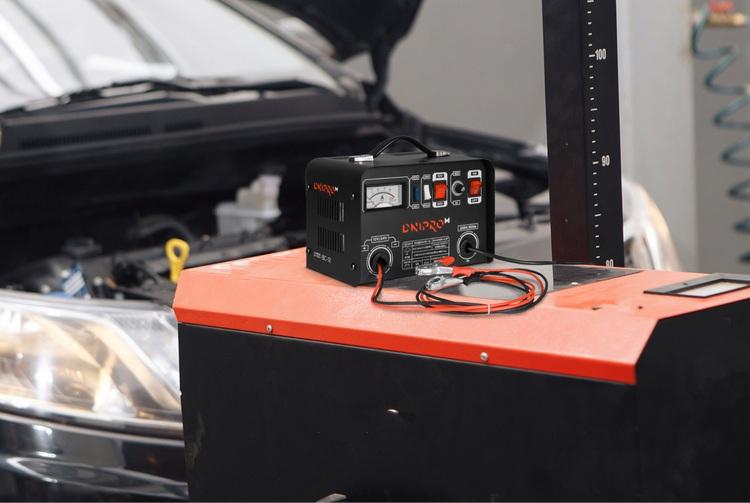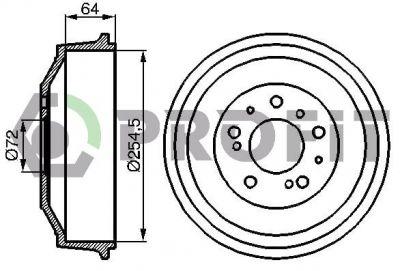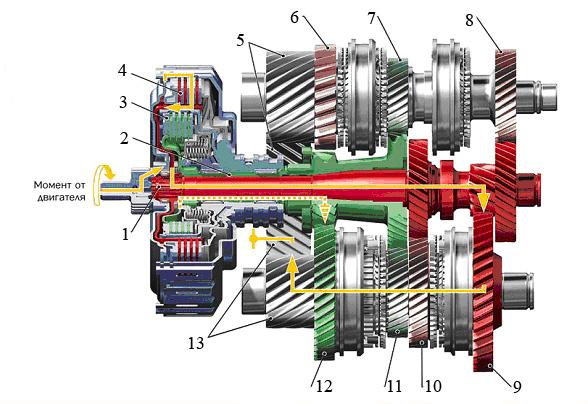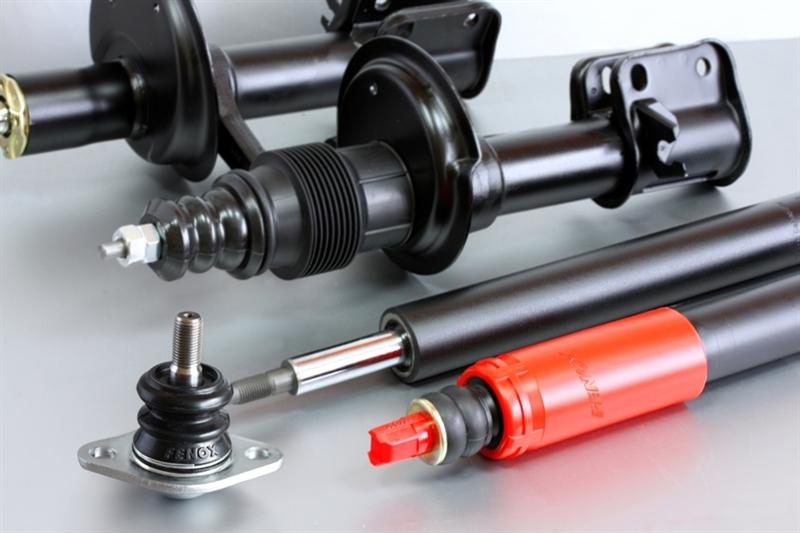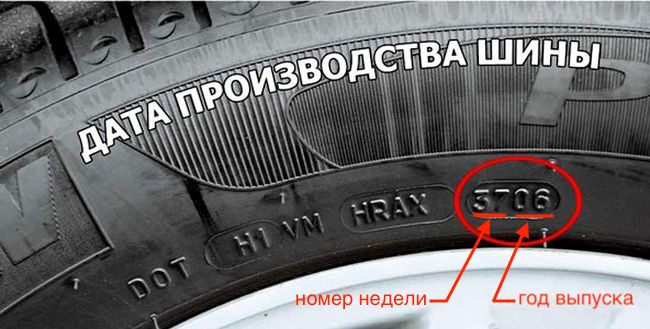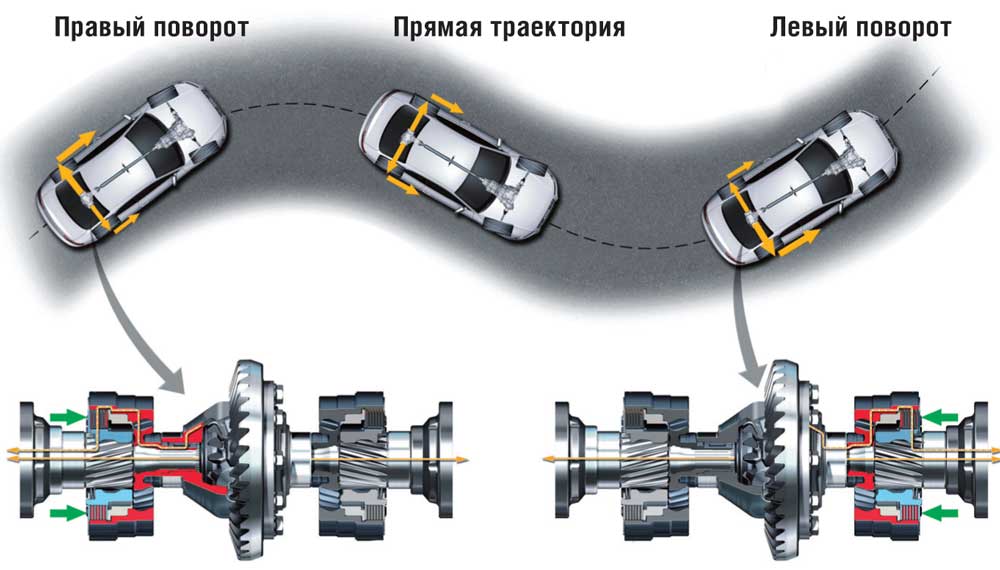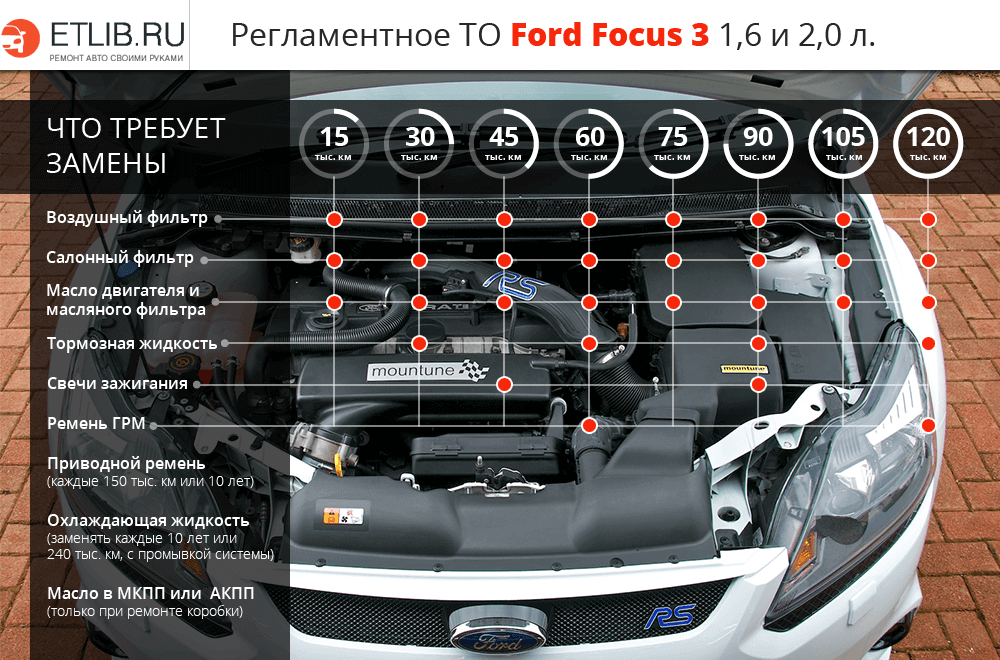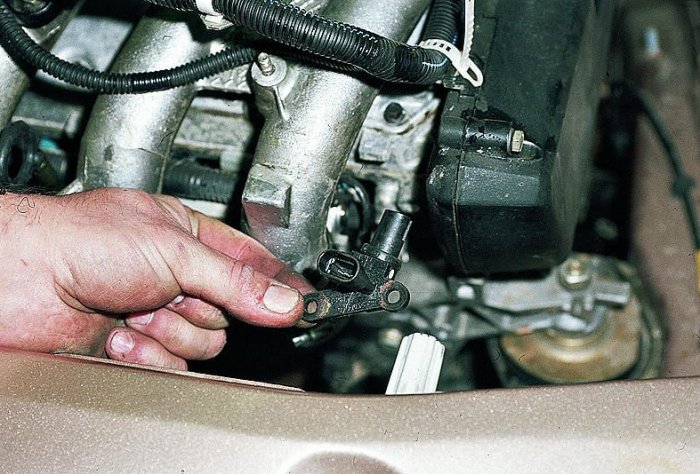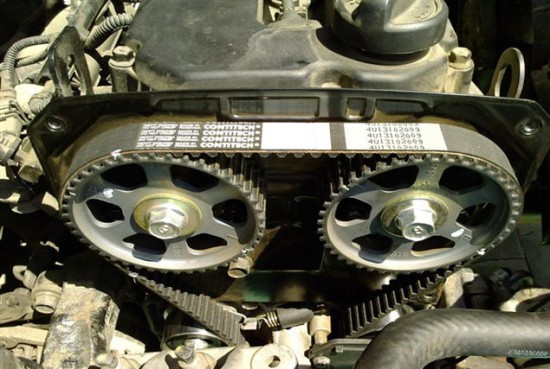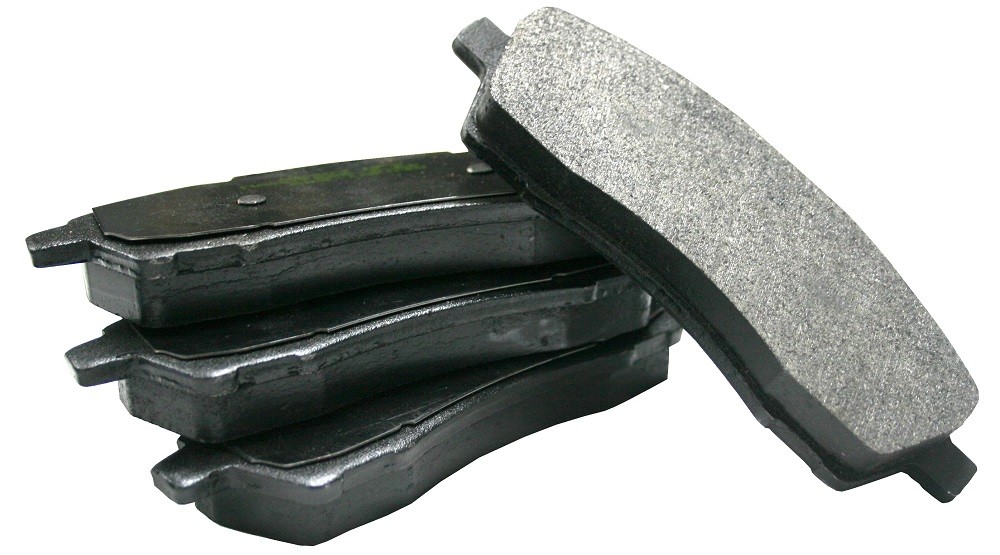When to change the oil in an automatic transmission
A few decades ago, automatic transmission (AKP) was only in expensive cars of European or American assembly. Now I am installing this design in flagship cars of the Chinese automobile industry. One of the exciting questions that arise when operating such a car is: “Is it worth changing the oil in the gearbox and how often should I do it?” Is it worth changing the oil in an automatic transmission? All automakers unanimously claim that an automatic transmission needs almost no maintenance. At least the oil in it does not need to be changed during its entire life. What is the reason for this opinion? The standard guarantee for the operation of automatic transmissions is 130-150 thousand km. On average, this is enough for 3-5 years of driving. It should be noted that oil...
How does the automatic transmission work?
An automatic transmission, or automatic transmission, is a transmission that selects the optimal gear ratio according to driving conditions without the participation of the driver. This ensures a good ride of the car, as well as driving comfort for the driver. Many motorists cannot master the “mechanics” and the intricacies of gear shifting in any way, so they switch to cars with an “automatic” without hesitation. But here it must be borne in mind that automatic boxes are different and each of them has its own characteristics. Types of automatic transmission There are several main types of automatic transmissions - robotic mechanics, variator and hydromechanical transmission. Hydromechanical gearbox. The most popular type of gearboxes, it is known from the old models of the first cars with automatic machines. TO…
How to reduce fuel consumption when shifting gears?
There is an opinion that a manual transmission is suitable for a frisky ride, and an “automatic” is suitable for leisurely trips around the city. At the same time, the "mechanics" makes it possible to save gasoline in the event of a correct gear change. But how to do it correctly, so as not to reduce performance? The general principle is this - you need to squeeze the clutch, change the stage, and smoothly release the clutch pedal. But not everything is so simple. When to Shift Experienced drivers know that there are average speeds at which it's best to upshift or downshift. The first gear is suitable for driving at speeds up to 20 km / h, the second - from 20 to 40 km / h, 40-60 km / h - third, 60-80 km / h - fourth, then fifth gear. This algorithm works...
How to change the oil in the gearbox? - Do it yourself - instructions
Changing the oil in a car is as necessary as it is expensive. For most vehicles, there is no need to visit the garage. With a little technical skill, you can change the gearbox oil yourself and save money. We will show you how easy it is to change the oil and what you should always pay attention to. Why change gearbox oil at all? Oil is an essential lubricant in every vehicle, preventing friction in suspension and drive technology. Metal parts are ubiquitous in the engine, heat up quickly and come into contact with each other. Without oil as a lubricant, wear would soon occur, resulting in serious damage to the gearbox. Gear oil prevents unwanted friction, extending the life of your vehicle. Unfortunately, gear oil loses its effectiveness over time. Dust…
Gear shifting in a car - how to do it right? Driver's guide
Correct shifting in practice The basis is the synchronization of engine rotation, clutch and the moment of shifting the correct gear with a jack. On vehicles equipped with a manual shift lever, shifting occurs at the request of the driver. When the clutch is pressed, a mechanism is activated that ensures smooth gear changes. The clutch disc is disconnected from the flywheel and torque is not transmitted to the gearbox. After that, you can easily change gears. The car runs - you throw it into one. When starting off, the driver does not press the gas pedal, since the engine is idling and does not move in any direction. So the matter is simplified. Fully depress the clutch for smooth gear shifting and move the lever into first gear. How to release the clutch so as not to ...
Transmission regeneration - when is it necessary? How much does a gearbox repair cost? Check how manual transmissions work after regeneration!
A broken gearbox means the car needs to be towed to a mechanic. Not a single car will go far without a properly functioning power relay from the drive to the wheels. The gearbox is also responsible for changing the speed of rotation. The need to regenerate a gearbox most often arises from careless and incorrect use. If you are not concerned about the technical condition of the car and driving technique, get ready for a really big expense of 2500 15-00 EUR. The exact cost of repairing a gearbox depends on many factors . Regeneration of manual and automatic transmissions The most important thing in pricing a service is the type of transmission. Automatic transmissions, which are becoming more and more popular on Polish roads, have a much more complex design than manual transmissions.. And since something…
Changing the oil in the gearbox, or how to care for the gearbox in a car
The oil in the gearbox performs a function similar to the fluid in the engine. Therefore, it is responsible for the lubrication of the elements during the operation of the drive unit, which leads to a decrease in the friction force. Thanks to this, the service life of parts such as bearings or gears can be extended. It doesn't end there. It is also necessary to change the oil in the gearbox, as impurities constantly accumulate in the fluid. Of course, this agent can only perform its function if it has the right parameters. Check for yourself how to change the oil in the gearbox! Driving on used gear oil - what does it lead to? Changing the gearbox oil is extremely important, but many drivers forget about it. What are the consequences of postponing this procedure? Mostly with worse gear work,…
Automatic transmission, i.e. ease of launch and driving comfort in one!
What is an automatic transmission? In cars with a manual transmission, your activity is required to change gear while driving - you have to gently press the lever in the desired direction. On the other hand, an automatic transmission, also called an automatic, shifts gears automatically while driving. The driver does not have to do this, which makes it easier to concentrate on what is happening on the road. This, in turn, directly affects the safety and driving dynamics. A few words about the history of the gearbox The first gearbox, not yet automatic, but manual, was created by the French designer Rene Panhard in 1891. At that time it was just a 3-speed gearbox, which was installed on a 1,2-liter V-twin engine. It consisted of…
Auto hold function - forget about applying the parking brake. Is this only available in vehicles with automatic transmission and automatic parking brake?
Auto Hold - an invention that improves driving comfort This function is an extension of another system that supports the driver, i.e. car assistant. The purpose of the automatic hold system is to hold the vehicle in place when pulling away on a hill. At this point, the electric parking brake is activated and prevents the vehicle from rolling. This is a very practical invention, especially when the driver needs to quickly release the brake and add gas. The same applies to the auto-hold function, which additionally allows this brake to be activated when stationary. Auto hold function in automatic and manual transmissions The auto hold system on vehicles with automatic transmission is deactivated by depressing the accelerator pedal. The system recognizes that the driver wants to start with...
Semi-automatic transmission - a compromise between mechanics and automatic?
Internal combustion vehicles are equipped with gearboxes. This is due to the characteristics of a fuel-powered engine, which has a fairly narrow range of revolutions in which its operation is effective. Depending on the car model, different methods of gear shifting are used. Manual, semi-automatic and automatic transmissions are different. Read on to find out more! What is the gearbox responsible for? The primary task of the gearbox is to transmit torque to the wheels of the car. It comes from the piston-crank system and reaches the gearbox through the clutch. Inside it are racks (gears) that are responsible for certain gear ratios and allow the car to accelerate without constantly maintaining the engine at high speeds. Semi-automatic transmission - what is it and how does it work? There are 3 categories on the market…
CVT transmission - advantages and disadvantages of a gearbox and a variator in a car
The CVT transmission has various trade names, such as Multitronic for the Audi brand. Unlike traditional automatic solutions, the number of gears here is - theoretically - infinite, therefore, there are no intermediate steps (there is a minimum and maximum). Learn more about CVT transmissions! How does a variator work? What makes it stand out? Thanks to a specially designed CVT transmission, the power of the vehicle's power unit is optimally used. This is due to the fact that it automatically selects the gear ratio so as to maintain the engine speed at the appropriate level. During normal driving this may be 2000 rpm, but when accelerating it may rise to a level where the engine reaches its maximum torque. It is worth noting that the mechanism is excellent for both gasoline and…
Automatic or manual gearbox? Learn about gearbox types and their benefits
It is in every car, even if it is automatic. The gearbox is one of the main parts of the car, without which the vehicle will not be able to move normally. Automatic transmissions are still gaining popularity, but it's undeniable that mechanical ones have a lot of fans. How does a manual transmission work? Which one is the most comfortable, and which one breaks the least? This is what you should know before you decide to buy your first car. Only then can you perfectly match your purchase to your needs. Shift into a higher gear with us and read on! Gearbox Design Modern gearbox designs need to be as small and light as possible while maintaining durability. Inside the structure is…
Gearbox synchronizers - the most common breakdowns and repair costs
In internal combustion engines, the best operating conditions for the unit can be obtained at certain rotation modes. Therefore, it is necessary to use several gear ratios in gearboxes. Transmission synchromesh helps you shift them while you're on the move without the annoying squealing and risk of component damage. How did it happen? Check and read also when the gearbox synchromesh needs to be replaced. Synchronizer gearbox - what is it made of? On the main shaft, which transmits torque from the engine to the gearbox, racks of individual gear ratios are installed. They are separated and there are synchronizers between them. These sprockets are equipped with special spring detents that allow the forks to work on a synchronizer and a certain gear ratio. The rings installed inside the synchronizers and wheels play a key role in the assembly of individual…
Dual Clutch Transmission - How Does It Work and Why Do Drivers Love It?
As the name suggests, a dual clutch transmission has two clutches. It doesn't reveal anything. Installing two clutches inside the gearbox eliminates the disadvantages of mechanical and automatic design. We can say that this is a two-in-one solution. Why is this an increasingly common option in cars? Learn more about the Dual Clutch Transmission and find out how it works! What needs does a dual clutch transmission solve? This design was supposed to eliminate the shortcomings known from previous solutions. The traditional way to shift gears in vehicles with internal combustion engines has always been a manual transmission. It uses a single clutch that engages the drive and transmits torque to the wheels. However, the disadvantages of this solution are temporary ...
S Tronic gearbox in Audi - technical parameters and operation of the gearbox
If you want to know how the S Tronic transmission works in Audi vehicles, read the article below. We explain all the information regarding the original Audi transmission. How long can an S-Tronic automatic transmission last? S Tronic gearbox - what is it? S Tronic is a dual clutch transmission fitted to Audi vehicles since 2005. It replaced the earlier DSG dual clutch transmission that is used by VAG i.e. Volkswagen Group (for the first time in the Volkswagen R32). The S Tronic transmission combines the advantages of automatic and manual transmissions. As a result, the driver can enjoy maximum driving comfort while still being able to operate the Audi gearbox manually. S-Tronic gearboxes…
Signs of a Bad or Faulty Shift Indicator (Automatic Transmission)
Common signs include the Check Engine Light coming on, the wrong gear reading, and the shift indicator not moving. The shift indicator is located next to the gearshift assembly. As soon as you move the vehicle into gear, the shift indicator will let you know what gear you are in. For example, when you move from park to drive, the indicator will light up the D and the P will no longer be illuminated. Some vehicles use an arrow, but most have a lighting system that will indicate what gear your car is currently in. If you suspect your shift indicator is going bad, watch for the following symptoms: 1.…


